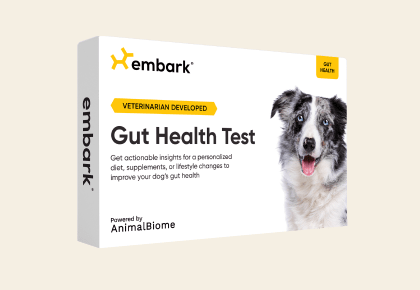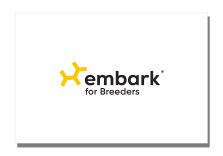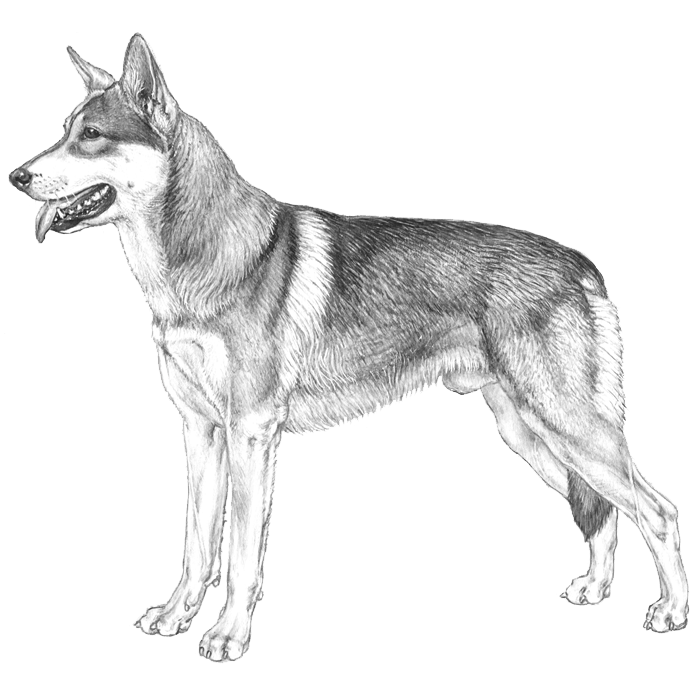Day Blindness
Achromatopsia is a progressive, non painful disorder of the retina that affects color vision and light perception. Cone cells not only register color, they allow the dog to adjust their eyes to bright light. Dogs with this disease constantly feel like us when we step out of a movie theater. Night vision remains completely unaffected.
-
Signs and symptoms
You may catch your pup blinking repeatedly in daylight, shaking their heads, or seeking out areas with dimmer light.
Symptoms appear as early as 8 weeks of age. -
Diagnosis
Veterinary ophthalmologists can diagnose this condition using patient history, ocular exam, and genetic testing.
-
Treatment
Currently, there is no available treatment for Achromatopsia, although gene therapy has been successfully used in young dogs.
-
What to do if your dog is at risk
Actions
- Talk to your vet about your dog’s achromatopsia result so you can work together to plan their ongoing care and monitoring.
- Limit your dog’s exposure to bright sunlight and provide shaded areas for outdoor activities.
- If your dog seems sensitive to light, try using tinted dog goggles or visors made for pets to help them see more comfortably in bright environments.
-
Genetic Information
This mutation was first described in the German Shepherd Dog and Labrador Retriever.
This mutation is inherited in an autosomal recessive manner; that is, a dog requires two copies of the mutation to show signs of the disease.
Gene names:
CNGA3 (Exon 7 SNP) ‐ chr
Inheritance type:
recessive
Citations:
-
Breeds affected
This health condition affects the following breeds
Learn about your dog’s unique genetic health
Dog owners
Breed identification, health and trait insights, personalized care recommendations, and the world’s first canine relative finder—all in one leading dog DNA test.
Learn about the report for dog ownersShop the test
Breeding programs
Embark’s test for breeding programs is one comprehensive DNA test designed with your needs in mind.
Learn about the report for breedersShop the test
















